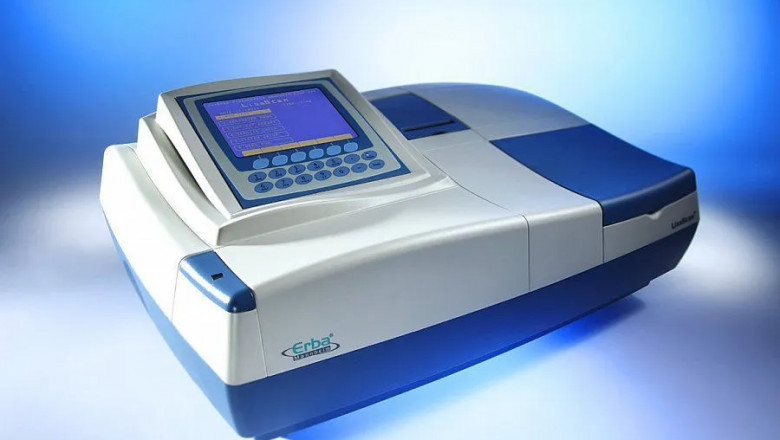views
How the Microstrip ELISA Reader Revolutionizes Biochemical Testing
There was a time in the lab when running an ELISA (Enzyme-Linked Immunosorbent Assay) felt like doing dishes by hand. Tedious, time-consuming, and prone to errors if you so much as blinked. You’d prep the samples, load your plate, pray you didn’t bump the bench, and then hope your old reader didn’t freak out halfway through.
Then came the microstrip ELISA reader—and suddenly, it felt like someone handed us a dishwasher.
What’s a Microstrip ELISA Reader, Anyway?
Let’s keep it simple: it’s a device that reads the absorbance of individual microplate strips (instead of needing a full 96-well plate), which means you can run smaller assays without wasting materials. The microstrip ELISA reader is perfect for situations where you’re not running high-throughput tests but still need dependable, reproducible results.
In labs like ours, where budget and bench space both matter, being able to process a few strips at a time instead of committing to a full plate is a game-changer. Fewer reagents, less prep, less waste.
Why Every Lab Should Care
Even if you’re running routine diagnostics, immunoassays, or teaching undergrads, here’s why the microstrip ELISA reader deserves a spot in your workflow:
- Precision Matters – ELISA tests are sensitive by nature. One off measurement and you could misinterpret an entire experiment. Microstrip readers ensure accurate readings even on small batch runs.
- Resource Efficiency – Let’s be real and admit that reagents aren’t cheap. Microstrip formats let you run smaller tests, conserving valuable materials (and your budget).
- Compact and User-Friendly – These aren’t massive machines with clunky interfaces. A modern microstrip ELISA reader, like the ChroMate 96-well Microwell Plate Reader from NE LabSystems, fits neatly on your bench and offers intuitive software that makes exporting data feel like a breeze.
- Ideal for Teaching Labs – Working in an academic setting? A microstrip ELISA reader is great for demos and student training without blowing your whole supply budget on one class.
The One We Use (and Why You Might Want It Too)
At our lab, we went with NE LabSystems’ ChroMate ELISA Reader. It’s fast, compact, and accurate—plus, it doesn’t require a PhD in tech to figure out. The interface is friendly, the results are clean, and support? Top-tier.
Also, big bonus: NE LabSystems gives free extended warranties on U.S. purchases, which, let’s face it, is rare in this field. And they actually pick up the phone if you have a question (yeah, that still matters).
It’s Time to Work Smarter
The microstrip ELISA reader is the kind of tool that pays for itself in saved time, reagents, and headaches. Whether you’re running clinical assays, environmental samples, or academic experiments, it helps you get more done with less hassle.
Trust me, once you stop wrestling with that old-school reader and start seeing clean, fast data output on strips alone? You’ll never want to go back.














Comments
0 comment